Aug. 11, 2025
Court Stops Trump Attack on Pacific Islands Heritage Marine National Monument
We sued the Trump administration for trying to illegally open one of the world’s most pristine tropical marine environments to commercial fishing — and we won.
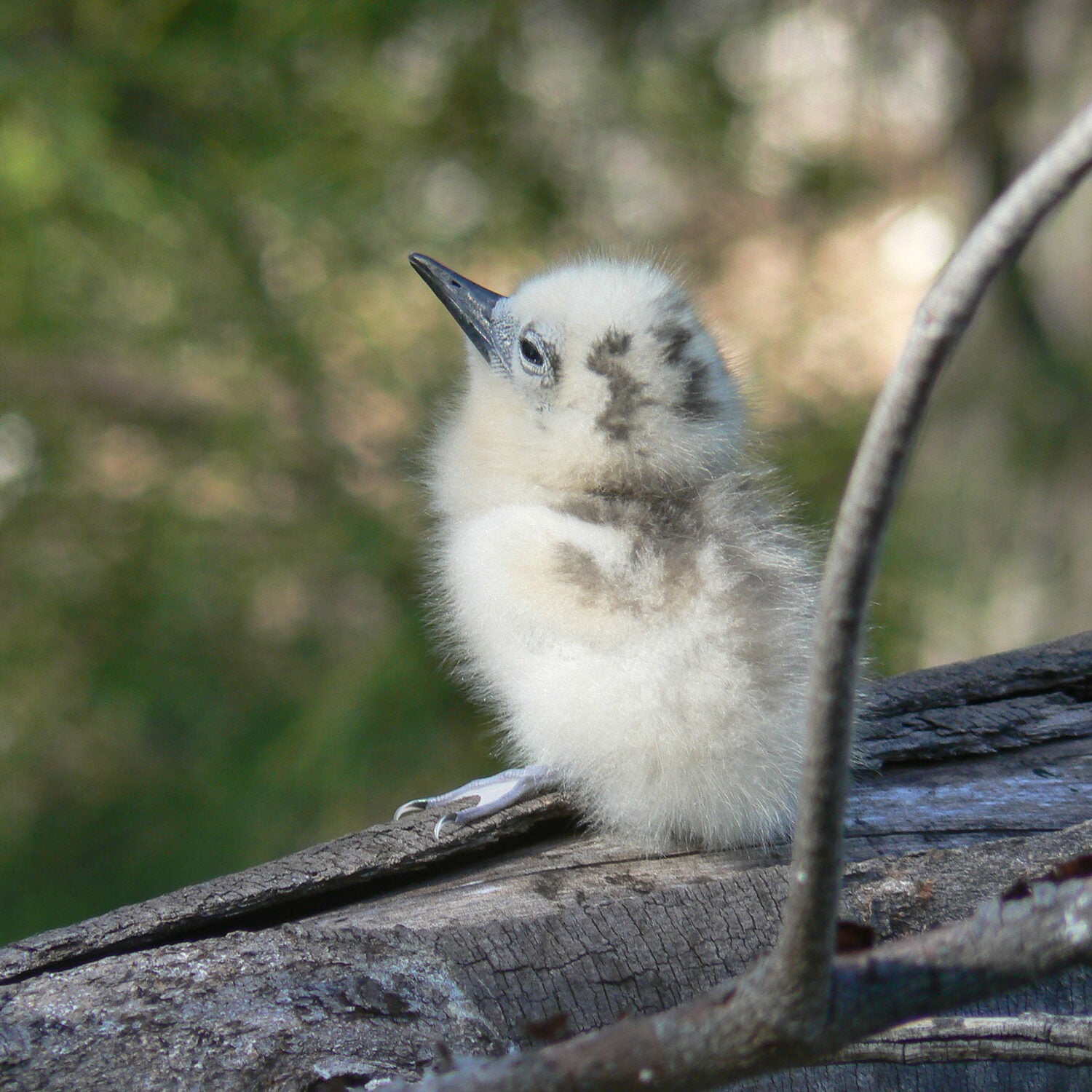
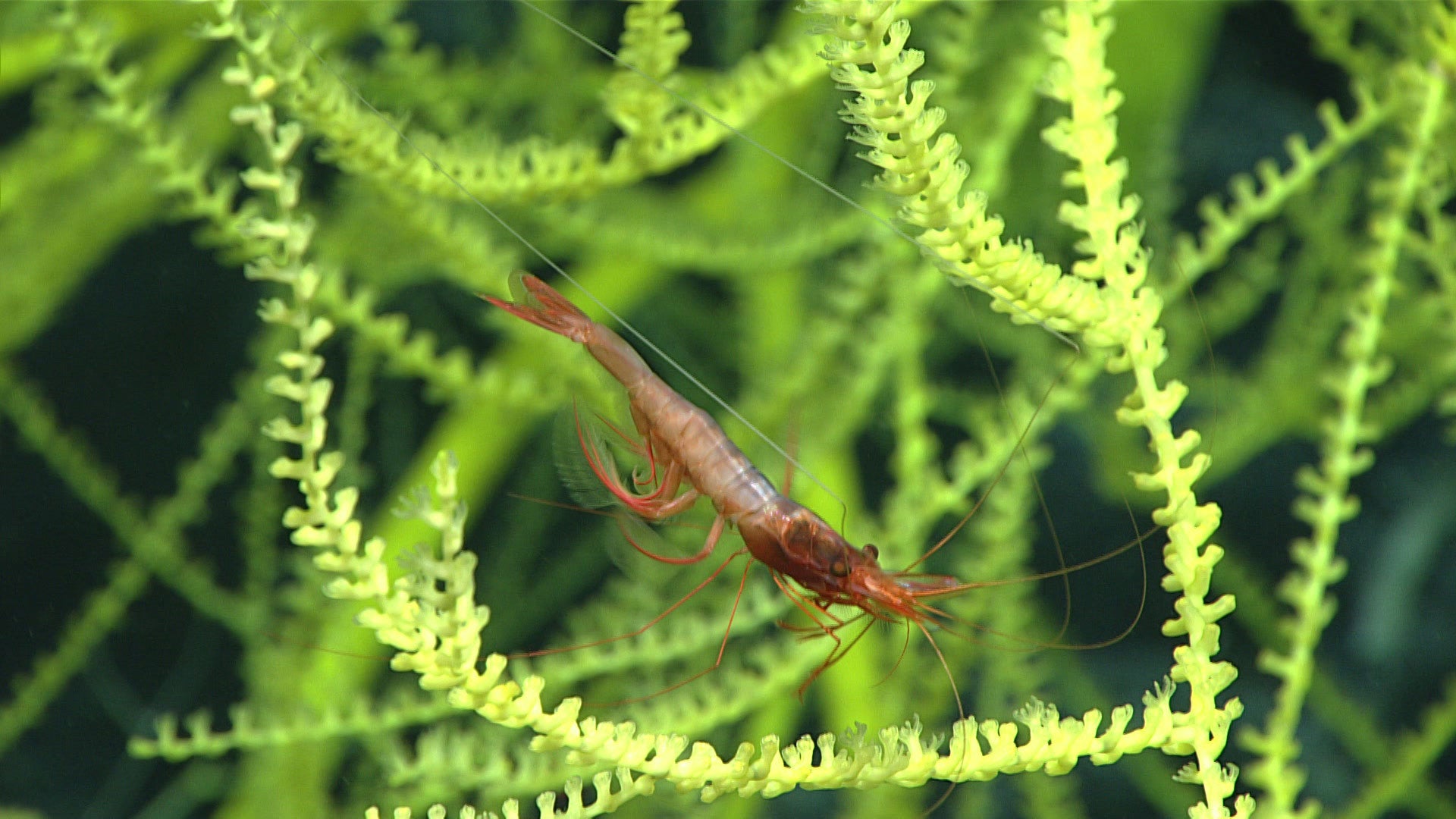
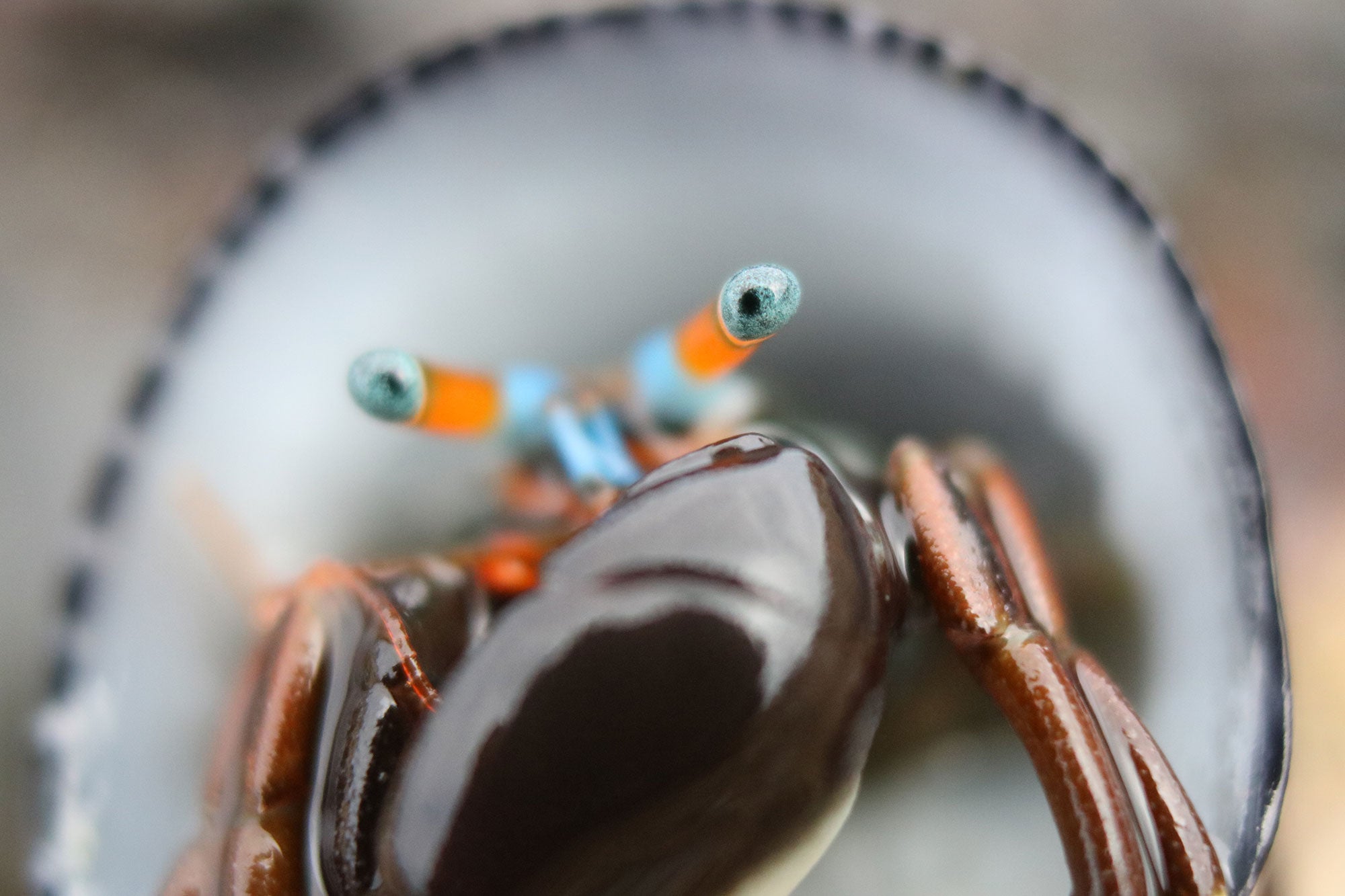
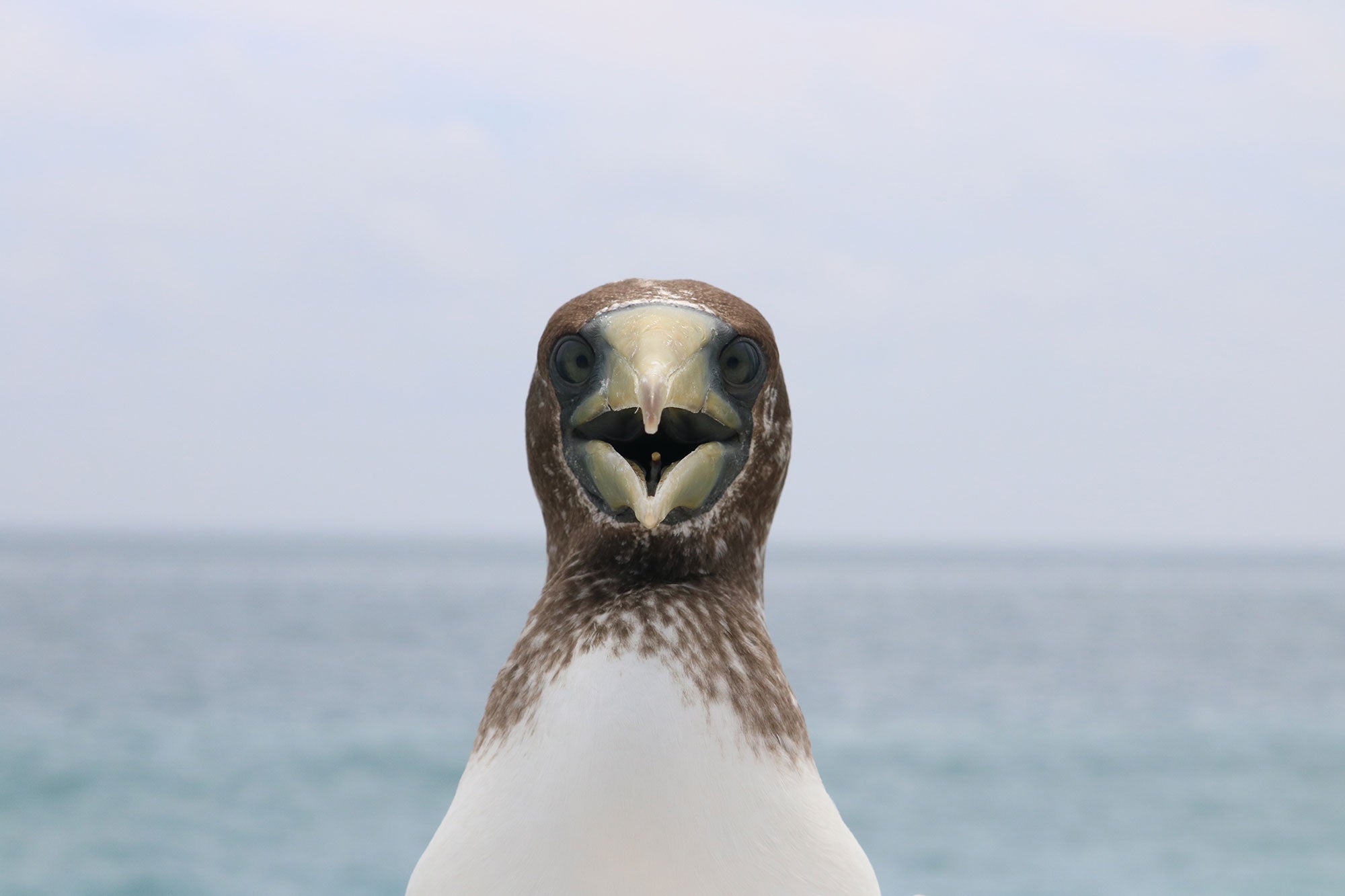
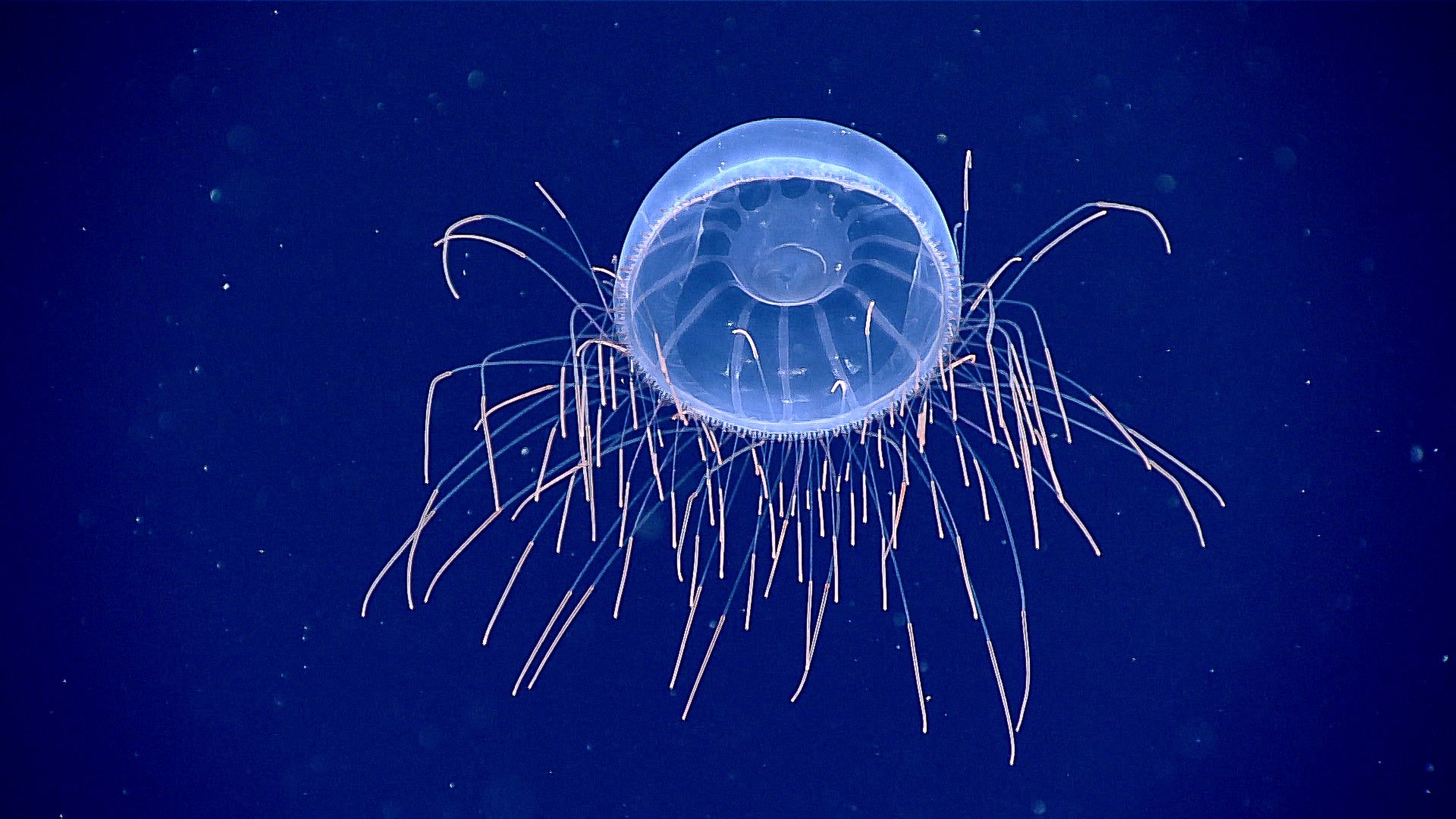
Aug. 11, 2025
Court Stops Trump Attack on Pacific Islands Heritage Marine National Monument
We sued the Trump administration for trying to illegally open one of the world’s most pristine tropical marine environments to commercial fishing — and we won.
The Pacific Islands Heritage Marine National Monument encompasses 490,000 square miles of open ocean, coral reef, and island habitats in the Pacific Ocean. Seven national wildlife refuges lie within the boundaries of the monument:
1. Baker Island
2. Howland Island
3. Jarvis Island
4. Johnston Atoll
5. Kingman Reef
6. Palmyra Atoll
7. Wake Atoll
We successfully sued the Trump administration to prevent commercial fishing access within this monument.
After hearing arguments in the case, the federal district court in Honolulu rapidly issued a decision that commercial fishing cannot legally continue in the marine national monument — one of the world’s most pristine tropical marine environments. Commercial fishing in the waters between 50 and 200 nautical miles around Johnston Atoll, Jarvis Island, and Wake Island should cease immediately.
About the lawsuit
Representing Kāpaʻa, Conservation Council for Hawai‘i, and Center for Biological Diversity, we are challenging President Trump’s action as unlawful for exceeding the president’s constitutional authority and infringing upon the powers reserved to Congress. Read the legal complaint.
Our clients: TKTKKāpaʻa, Conservation Council for Hawai‘i, Center for Biological Diversity
Earthjustice was created to fight — and win — for our planet in court. We’re a nonprofit in the business of building a better future.
The Trump administration sought to strip vital protections from waters around Johnston Atoll, Jarvis Island, and Wake Island.
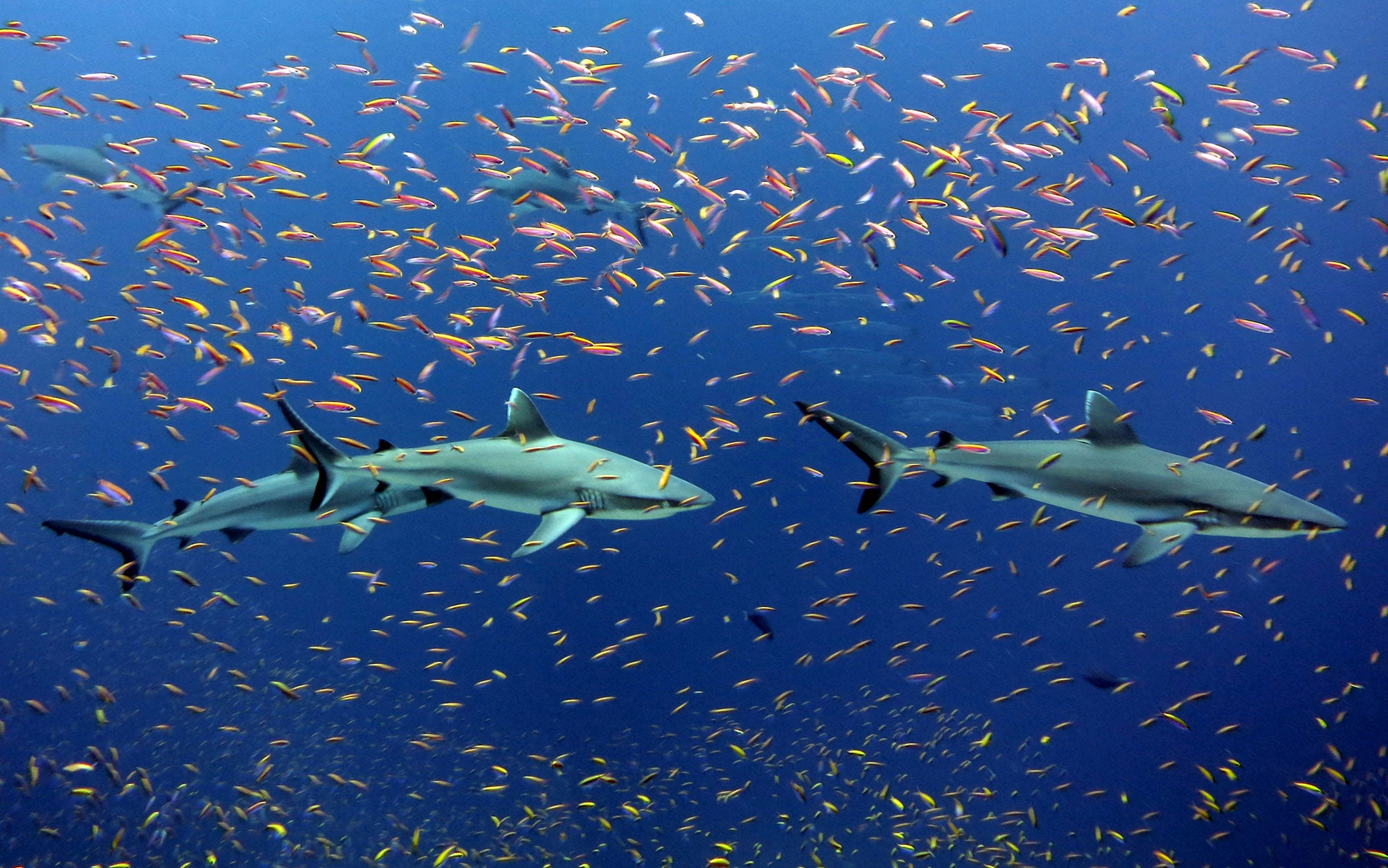
The Pacific Islands Heritage Marine National Monument was established by President George W. Bush in 2009.
It was expanded by President Obama, who sought to preserve marine ecosystems by banning commercial fishing 50 to 200 nautical miles around Jarvis Island, Wake Island, and Johnston Atoll.
President Trump signed a proclamation that sought to strip the protections Obama added, threatening to destroy a unique and fragile web of life in favor of commercial interests.
Undersea life at the Pacific Islands Heritage Marine National Monument. Thousands of convict tangs school in the shallows off Jarvis Island. (Courtney Couch / NOAA) Blacktip reef shark (Carcharhinus melanopterus) in the shallow waters of Jarvis Island. (U.S. FWS) White farreid glass sponges (foreground) with Iridogorgia and bamboo coral (background) in a deep-sea high-density sponge community on "Ridge" Seamount in Johnston Atoll Unit. (NOAA) A red jelly (coronate medusa) dances through the water column at "Revolver" Seamount in Wake Atoll Unit. (NOAA)
Allowing commercial fishing removes large numbers of target fish and other marine animals and fish as unintended bycatch, disrupting the underwater ecosystem and food chain.
The reefs, seamounts, and ocean of the Pacific Islands Heritage Marine National Monument are filled with some of the most diverse aquatic life on the planet, including sharks, rays, marlin, tuna, giant clams, leatherback turtles, ancient coral forests, and whales.
Seabird guano — their excrement — is rich in nutrients, fertilizing the land, cultivating beneficial algae and zooplankton, and enhancing coral growth in nearshore reefs.
Expanding commercial fishing threatens shark and seabirds’ food supply and increases harmful bycatch.
Giant clams (Tridacna) — which can grow to four feet in length — are disappearing in many parts of the world but are still abundant within the waters of the Pacific Islands Heritage Marine National Monument. They reproduce by broadcast spawning, dispersing sperm and eggs into the ocean waters. Larvae swim or glide through the ocean, eventually locating a suitable surface to settle on.
On Johnston Atoll, invasive yellow crazy ants were among a dozen ant species accidentally transported to the isolated atoll, decimating nesting seabirds. Formic acid sprayed by the ants resulted in blindness, deformities, and death. In just a few years, the red-tailed tropic bird colony was nearly wiped out. Ant “strike teams” were assembled, and joined by ant-detection dogs Guinness and Solo, successfully eradicated the ants after years of efforts.
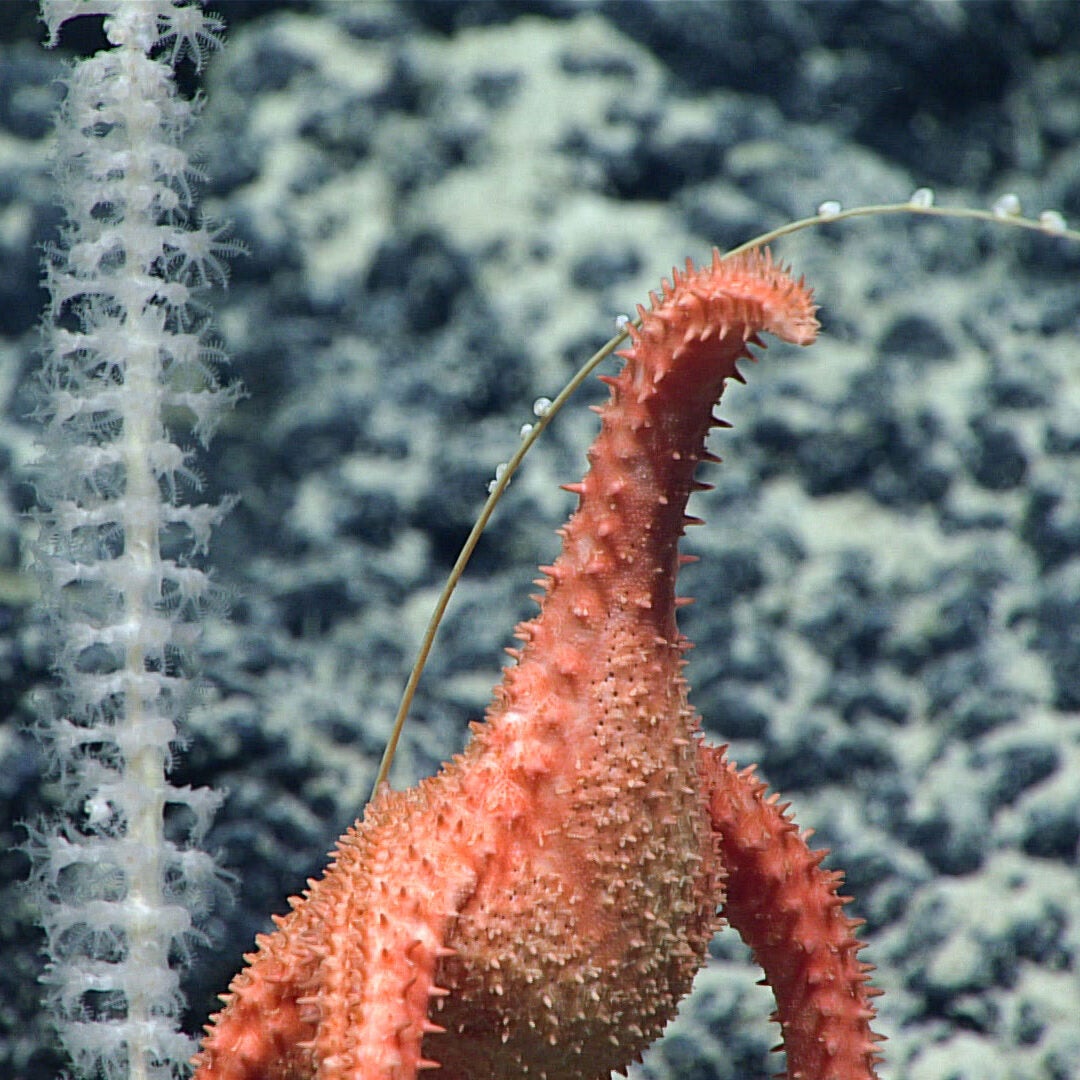
The area is already facing dire threats from climate change and ocean acidification; commercial fishing would compound the damage. Even short-term commercial fishing can cause lasting harm to the pristine marine environment.
The monument’s protections safeguard a diverse array of species. Reservoirs of biodiversity like this one improve the resilience of ecosystems — if one species is knocked out, there is a higher likelihood that another may be able to have traits to fill its niche within the web of life. This in turn can help buffer ecosystems against climate change.
Jellyfish in the "Whaley" Seamount in the Jarvis Island Unit. The thick bright ends of its tentacles are where the nematocysts (stinging cells) are especially dense.
A sea star (Evoplosoma sp.) has eaten the right side of a bamboo coral (Calcaxonia, Primnoidae) on “Pierpoint” Seamount in the Johnston Atoll Unit. NOAA
Jellyfish in the "Whaley" Seamount in the Jarvis Island Unit. The thick bright ends of its tentacles are where the nematocysts (stinging cells) are especially dense.
A sea star (Evoplosoma sp.) has eaten the right side of a bamboo coral (Calcaxonia, Primnoidae) on “Pierpoint” Seamount in the Johnston Atoll Unit. NOAA
Surveys have revealed that living colonies of precious and ancient gold coral at Jarvis Island are up to 5,000 years old — they were alive in 3000 BCE, when boulders began to be raised at Stonehenge.
After thousands of years passed, the Mayan civilization began to develop sophisticated understandings of astronomy and mathematics, including the concept of zero. And corals at Jarvis Island were still living, when the Chinese court official Ts'ai Lun invented a process for making paper, circa the year 105.
Through the millennia, the deep-sea coral colonies flourished, cultivating rich reserves of biodiversity.
Johnston Atoll is likely one of the oldest atolls (coral islands) in the Pacific Ocean, and it supports at least 45 coral species. There are also large populations of seabirds, sea turtles, whales, and reef sharks.
Wake Atoll is perhaps the oldest living atoll in the world, where more than 300 fish species and 100 coral species thrive on the shallow coral reefs, along with giant clams, marine turtles, and spinner dolphins.
Pink precious Hemicorallium in the family Coralliidae with most of its tentacles drawn in, on the "Ridge" Seamount in the Johnston Atoll Unit.
A tiny hydrozoan jellyfish Aegina, a small medusae which feeds on the polyps of bamboo corals, in the New Seamount Summit Cone in the Johnston Atoll Unit. NOAA
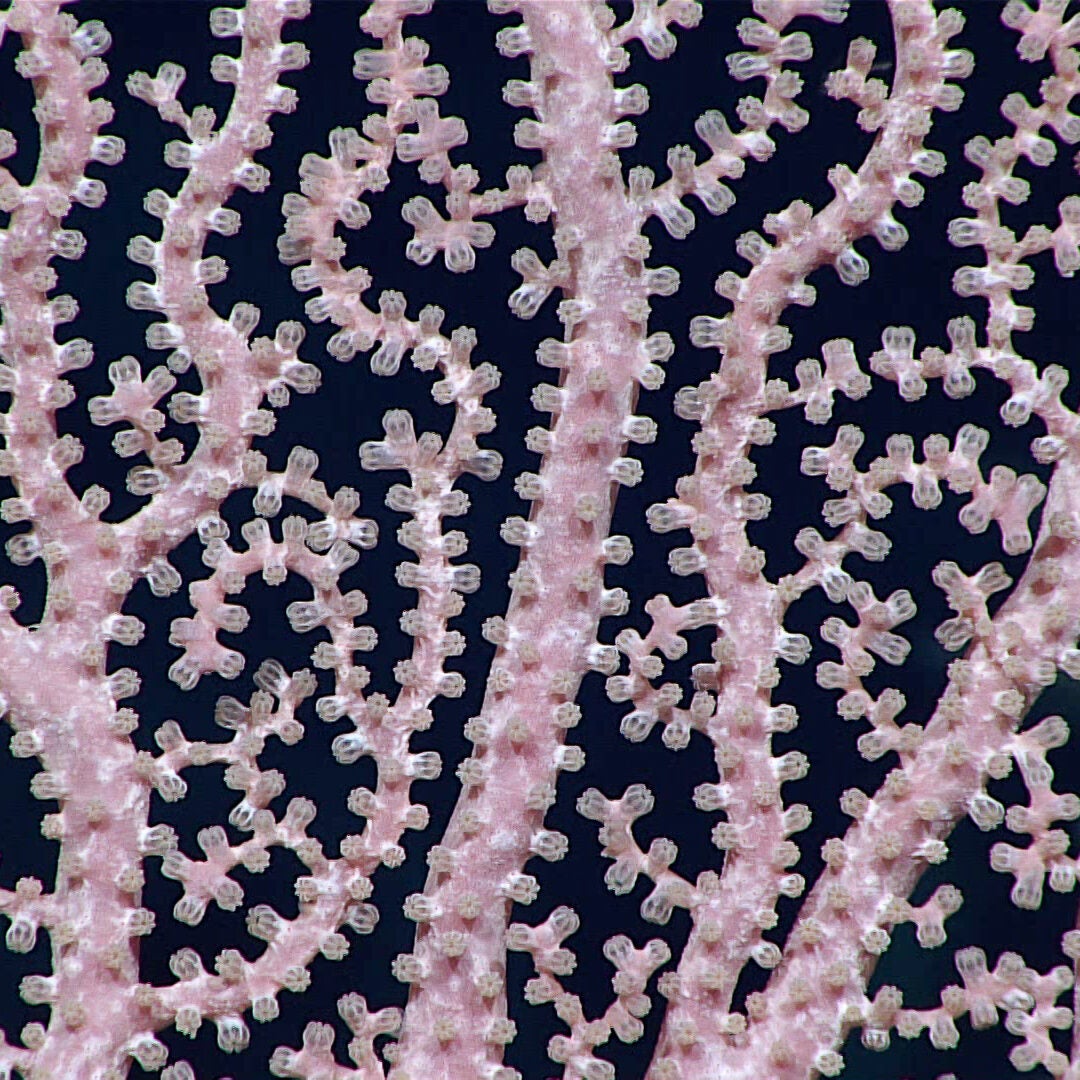
Pink precious Hemicorallium in the family Coralliidae with most of its tentacles drawn in, on the "Ridge" Seamount in the Johnston Atoll Unit.
A tiny hydrozoan jellyfish Aegina, a small medusae which feeds on the polyps of bamboo corals, in the New Seamount Summit Cone in the Johnston Atoll Unit. NOAA
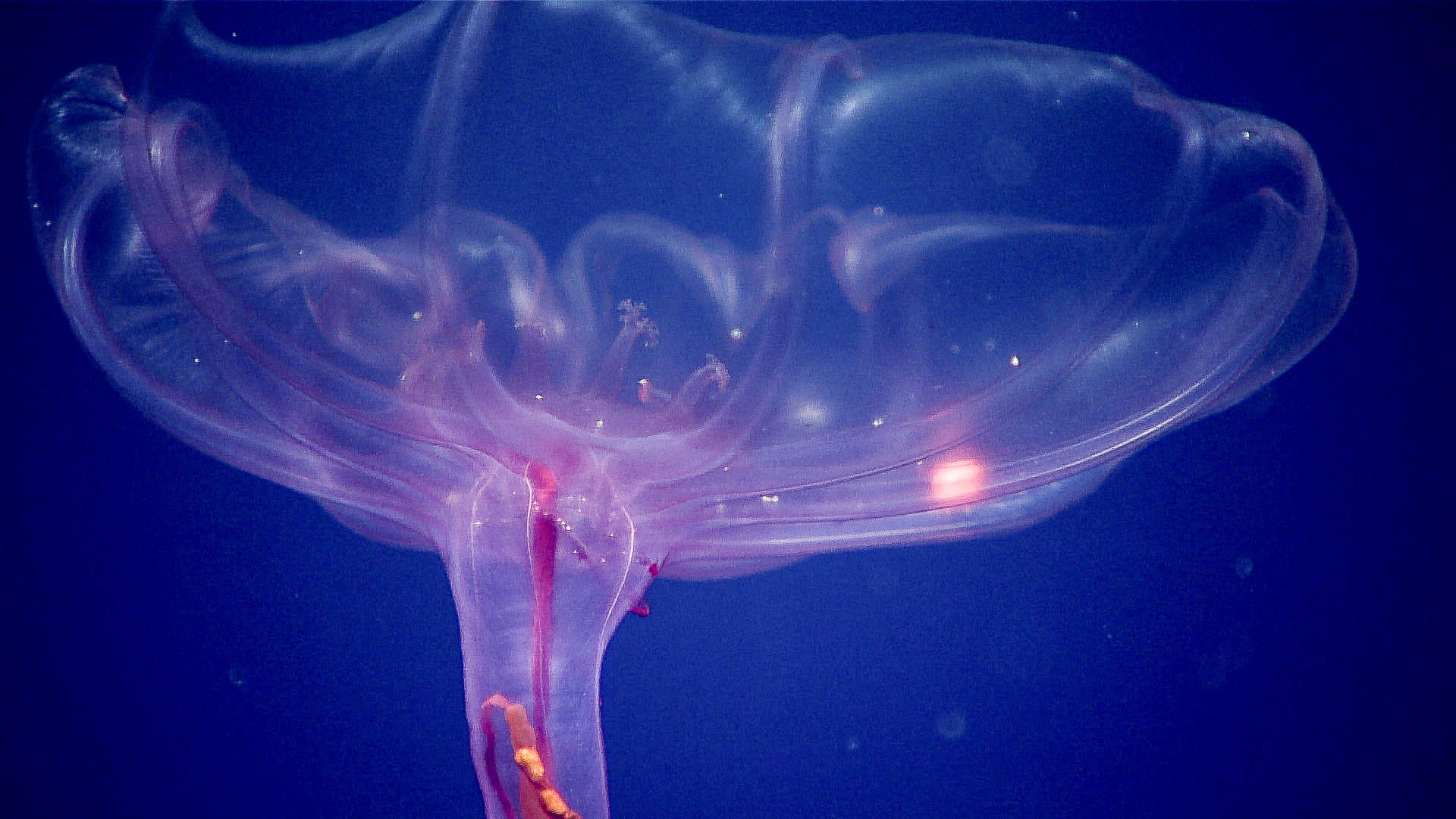
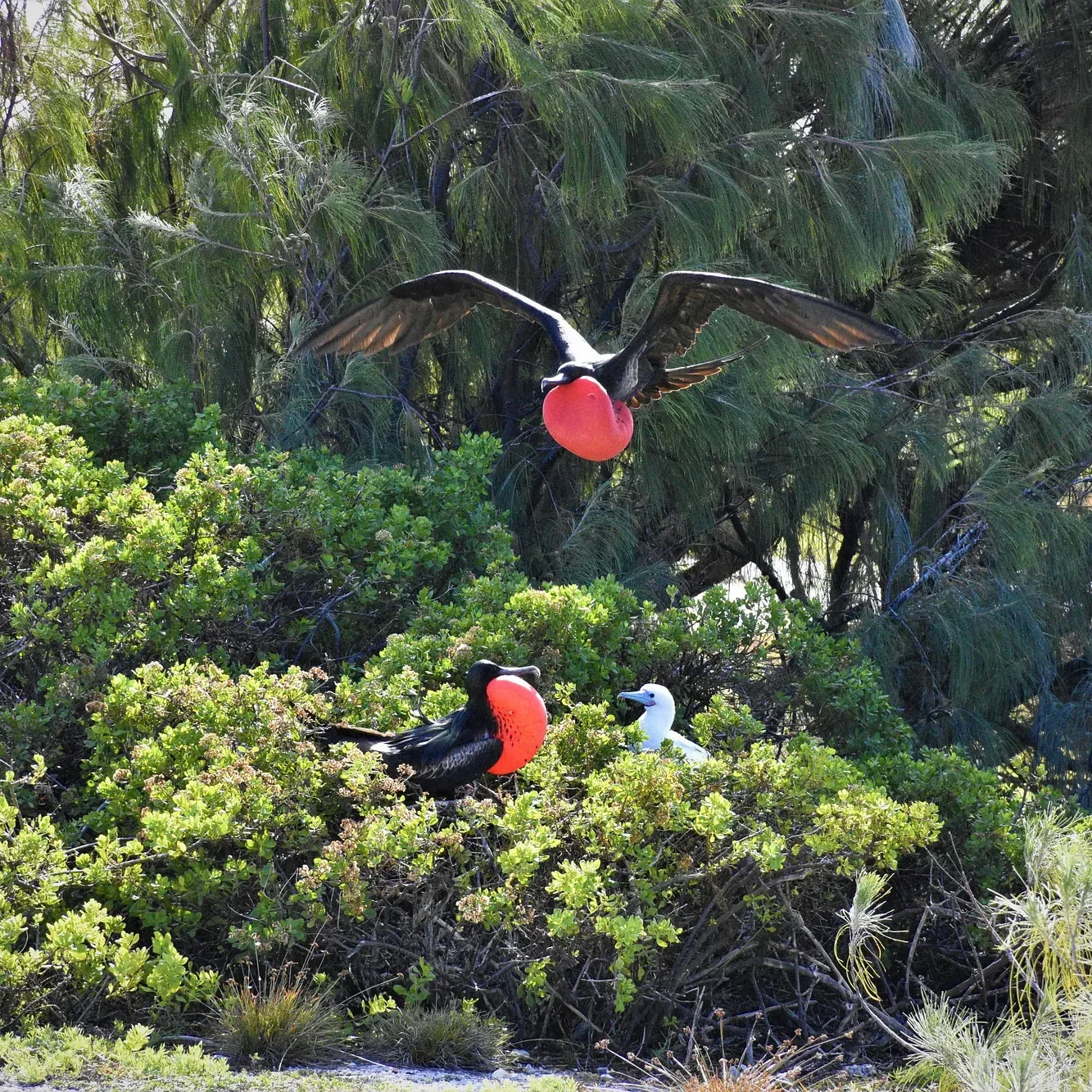
The Pacific Islands Heritage Marine National Monument’s status allows its waters to be a haven for a vast range of marine wildlife, including five species of threatened or endangered sea turtles, like the leatherback, that use these waters to feed and migrate.
These waters are habitat for 22 species of protected marine mammals, and millions of seabirds — including the world’s largest colony of red-tailed tropicbirds — nest and forage in the monument.
Protecting biomass within protected areas like the monument increases the quantity of fish available to commercial fishers in waters outside the protected areas.
A red-footed booby soars of the waters of Johnston Atoll. Peter Xiong / U.S. FWS
Great frigatebirds and red-footed boobies are among the many seabirds who nest at Johnston Atoll. Ivan Vicente / U.S. FWS
A red-footed booby soars of the waters of Johnston Atoll. Peter Xiong / U.S. FWS
Great frigatebirds and red-footed boobies are among the many seabirds who nest at Johnston Atoll. Ivan Vicente / U.S. FWS
Frigatebirds engage in “kleptoparasitism,” harassing other birds to regurgitate their food while in flight, which the frigatebird then swoops in to steal before it falls to the ground.
They lack waterproof feathers and are unable to plunge-dive below the water’s surface, which tropicbirds are known to do. Exceedingly awkward on land, frigatebirds are unable to walk, due to their short legs and small feet. (They can, however, climb around trees and bushes, where they often nest.)
Frigatebirds are made for flight. They can fly for days at a time, where they catch flying fish that jump out of the ocean or squid from the surface of the ocean.
Sooty terns, who also make their home in the Pacific Islands Heritage Marine National Monument, forage by seeking out schools of large marine predators, such as tuna, where they feed on prey flushed out by the larger animals.
This monument designation is also significant to Pacific Island Indigenous communities because it honors the heritage, traditional practices, ancestral pathways, and stopping points for indigenous Pacific Island voyagers and wayfinders who navigated the massive expanse of the Pacific Ocean.
Early Pacific Island voyagers were exceptionally skilled at navigating across the vast Pacific Ocean.
According to the University of Hawai‘i, wayfinders used their “knowledge that islands block waves and ocean swells ... A seasoned navigator can see or feel this change in pattern, thus locating small low-lying islands that are not visible.“ (See charts illustrating the interactions of waves and land.)
Clouds were also an indication of the possible presence of land or used to “see a reflection of the island in the clouds.” (See example.)
“Master Polynesian navigators memorize the rising and setting positions of hundreds of stars ... Knowing which star houses are rising and setting means that you are able to chart a course from your starting point to a specific destination.” (See the star houses on the Hawaiian star compass.)
In addition to these techniques, traditional wayfinders also use their knowledge and careful observations of wind, weather patterns, wildlife, and more.
Hawaiian voyaging canoes Hokulea (left) and Alingano Maisu moored in Kealakekua Bay. Alvis Upitis / Getty Images
Calm waters at Wake Atoll, hundreds of nautical miles away from the nearest land. NOAA
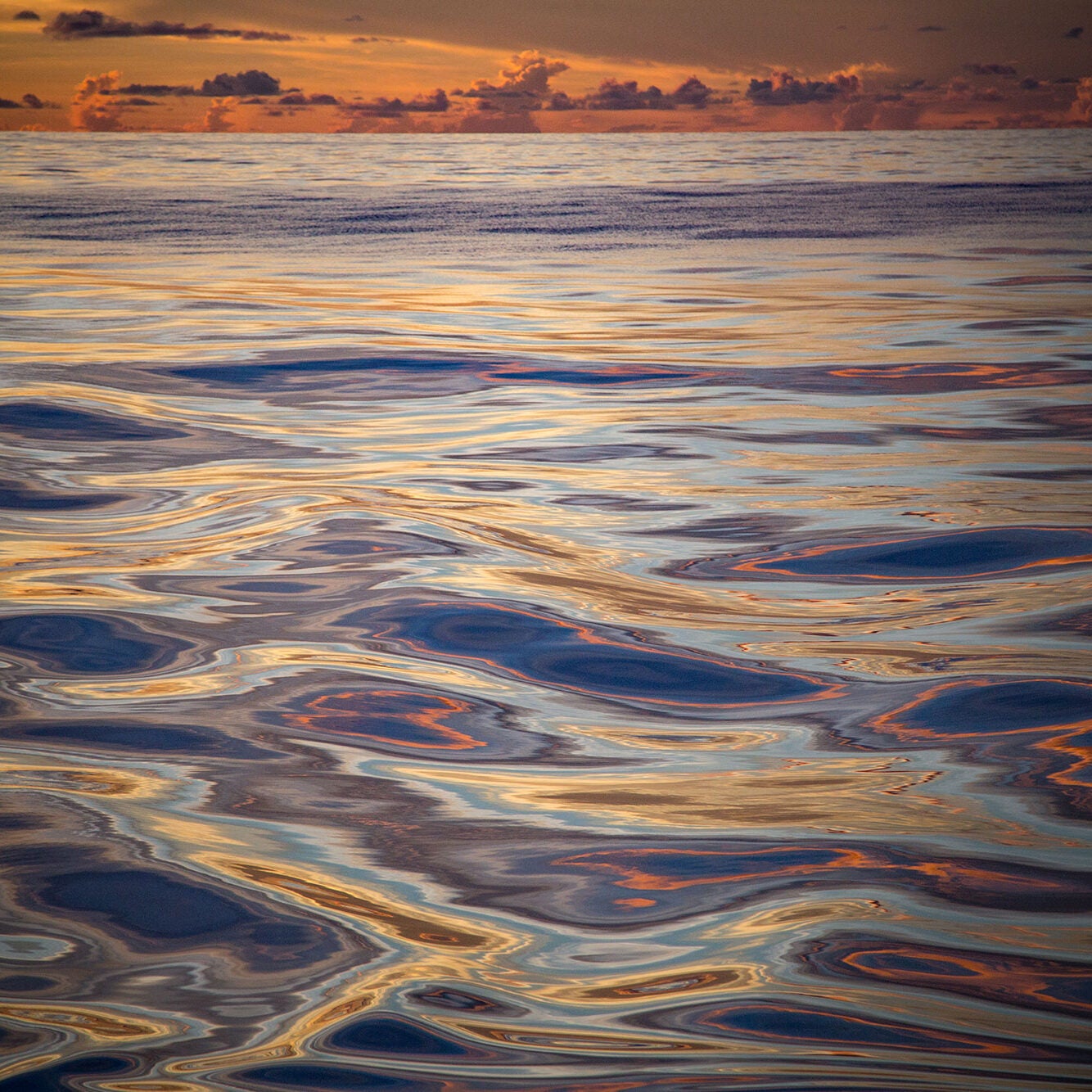
Hawaiian voyaging canoes Hokulea (left) and Alingano Maisu moored in Kealakekua Bay. Alvis Upitis / Getty Images
Calm waters at Wake Atoll, hundreds of nautical miles away from the nearest land. NOAA
The rule of law prohibits the Trump administration from stripping the Pacific Islands Heritage Marine National Monument of established protections, including the ban on fishing. The Antiquities Act protects cultural and natural resources on lands under federal control, and the President does not have the authority to shrink or reduce protections within designated monuments' boundaries.
Our lawsuit challenges President Trump’s proclamation as unlawful for exceeding the president’s constitutional authority and infringing upon the powers reserved to Congress.
In August, the federal district court in Honolulu nullified the Trump administration’s letter that purported to allow destructive fishing in the marine national monument.
“The court acknowledged the importance of giving due consideration to the voices of our kūpuna in these challenging times,” said Solomon Pili Kaho’ohalahala, founding member of Kāpaʻa and Earthjustice client.
“The law guarantees a process where we can advocate for protecting the generations of our children’s children who are yet to be born.”
Earthjustice has decades of history defending national monuments, including challenging the first Trump administration’s dismantling of Bears Ears and Grand Staircase-Escalante National Monuments.
These lands and waters belong to all Americans, and we will not let this administration hand them over to private industry.
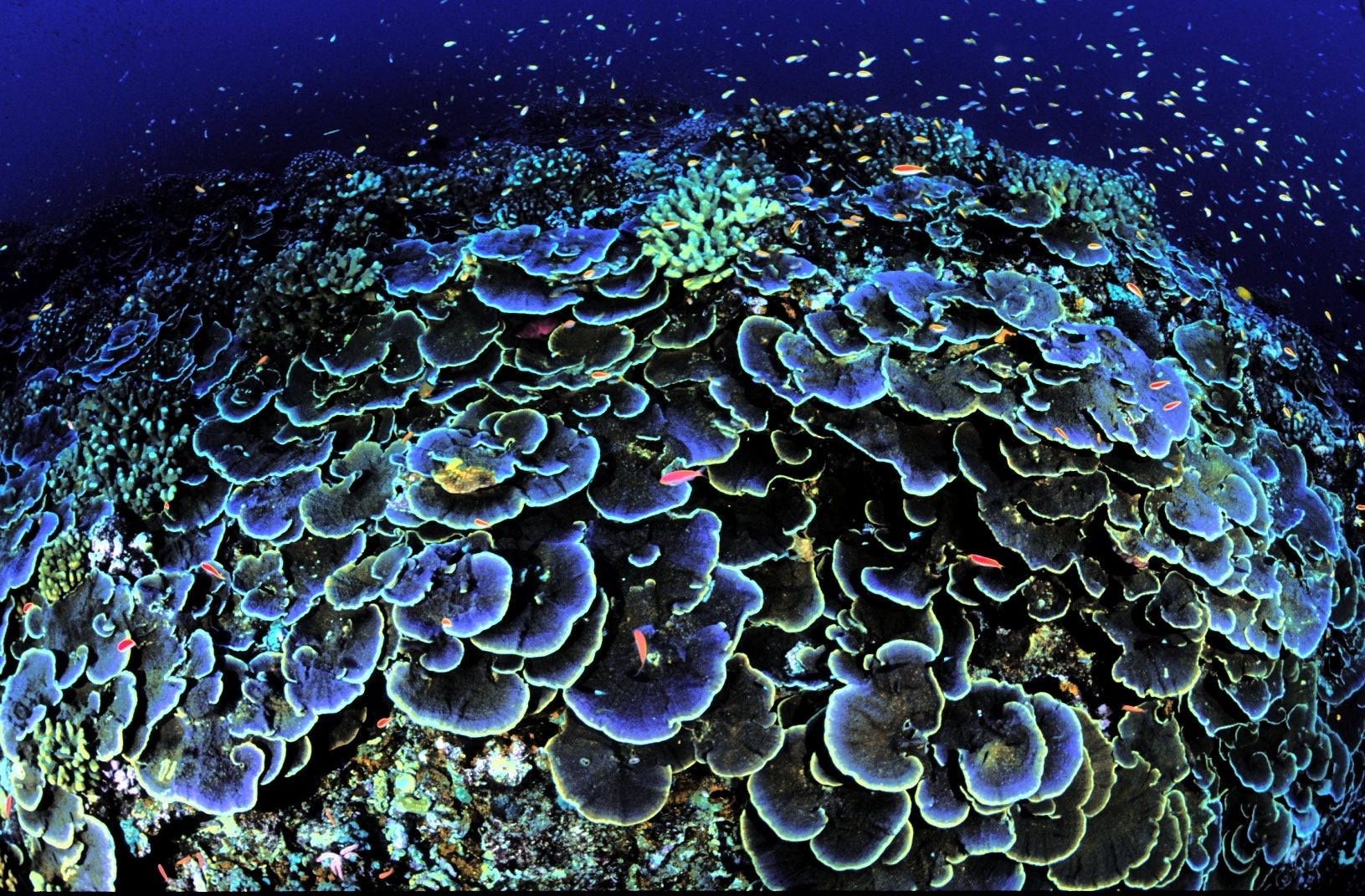
When we say we’ll sue, it’s not a threat. It’s a promise — a promise that until we achieve a better future for all, our pursuit for justice will never rest.
We will win this fight — for the wild spaces we love, the air we breathe, the water we drink, and the future of life itself. Join the fight today.
Give Once
Give Monthly 💚
Your 1st year of monthly gifts matched $3:$1. Choose an amount to give:
Deepwater life at Jarvis Island Unit. (NOAA)
Top Photos:
- Hydromedusa (Halicreatis) near the "Keli'ihananui" seamount in the Jarvis Island Unit of the Pacific Islands Heritage Marine National Monument. The ends of its tentacles are packed with nematocysts (stinging cells), which make them appear especially bright. (NOAA)
- A shrimp swims through a giant bamboo coral on the "Kahalewai" seamount in the Jarvis Island Unit. The vibrantly colored yellow coral was about as big as ROV Deep Discoverer that photographed it. (NOAA)
- A colorful crab and a booby on Johnston Atoll. (Peter Xiong / U.S. FWS)
- A white tern chick at Johnston Atoll NWR. Millions of seabirds call the Pacific Islands Heritage Marine National Monument home. They raise their young in the protected national wildlife refuges. (B. Flint / USFWS)
Top video: Life in midwater transects from 1,400 to 300 meters (~4,595 to 985 feet) near Jarvis Island. The transects increase knowledge about the largest, yet one of the least understood, biomes on Earth. Jarvis is one of the few units of the monument where the water column is protected in addition to the seafloor. (NOAA)
All deep-sea photos and videos: Courtesy of the NOAA Office of Ocean Exploration and Research, 2017 Mountains in the Deep: Exploring the Central Pacific Basin, 2017 Laulima O Ka Moana: Exploring Deep Monument Waters Around Johnston Atoll, and 2016 Deepwater Wonders of Wake
Established in 1988, Earthjustice's Mid-Pacific Office, located in Honolulu, Hawaiʻi, works on a broad range of environmental and community health issues, including to ensure water is a public trust and to achieve a cleaner energy future.